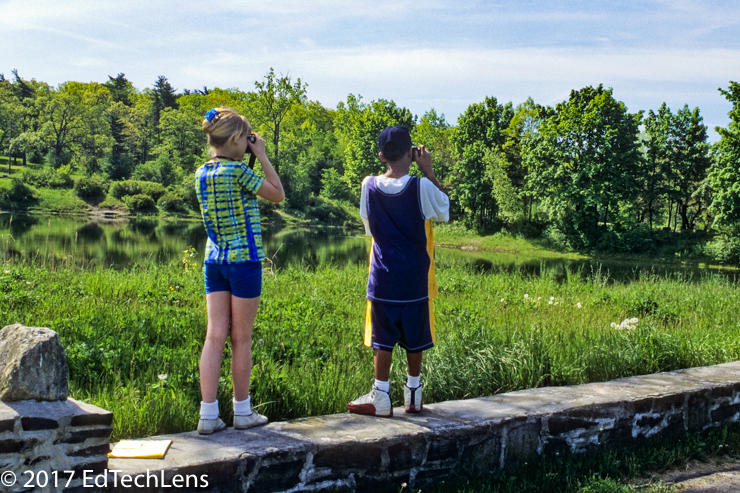
Letting Children Lead the Way in Science Inquiry
According to Dr. Judy Willis, the best way for information to become knowledge is for children to construct that knowledge. “In order to promote the intrinsic satisfaction of learning, encourage students to discover their own answers,” she says. “When we give answers, we deprive children of the positive emotional boost they get when they discover things themselves.”
Helping children create their own discovery through investigation starts with the interest and motivation that’s sparked by curiosity. In her book, How Your Child Learns Best, Willis offers the list of questions below as prompts to kick off inquiry projects.
Science Inquiry Topics for Early Elementary School and Preschool
• How does a seed know to grow up through the soil instead of down or side-ways?
• Does a puppy gain the same number of pounds every week until it is full grown?
• How does a caterpillar turn into a butterfly? (Kits are available from Carolina Biological or Amazon that allow students to observe caterpillars becoming butterflies and then release them)
• What is the smallest living thing? The largest?
• Does name-brand cereal taste different than the store brand?
• Why do some whales, butterflies and birds migrate great distances?
• Where do the stars go during the day?
• How can we predict weather?
Topics for Upper Elementary School
• Is it true that cows have seven stomachs? How does a cow’s digestive system differ from a human stomach, and why does that make sense based on what the cow eats?
• What do owls eat? (Kits are available from Carolina Biological or Amazon that provide owl pellets (droppings) that students can dissect to find tiny bones and bits of fur)
• How do things change with the seasons, such as trees, animal colors or fur thickness, snow and rain levels, or neighborhood birds? Students can take digital photos of landscapes and plants during different seasons and make comparisons.
• How do different animals use camouflage to protect themselves or to be more successful hunters?
• What rocks and minerals can we find in our town? What categories can we use to sort them?
• What things that we use in daily life were discovered as researchers worked on other projects (i.e., what has space technology and engineering contributed to things we benefit from in our homes and lives)?

